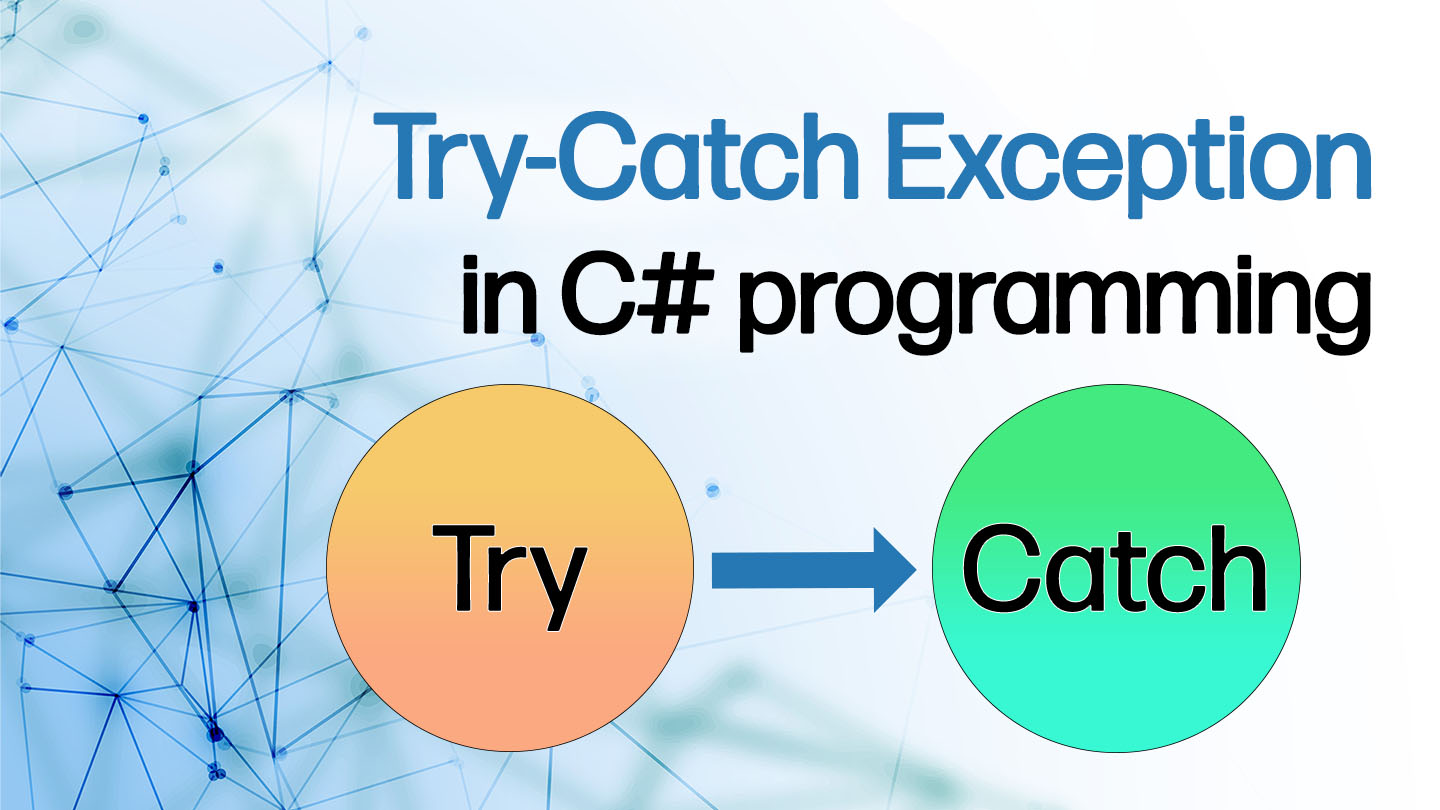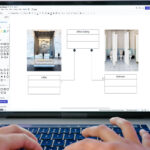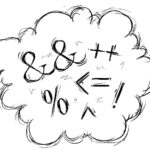When writing code, errors and exceptions are bound to occur. Whether it’s a syntax error, a runtime error, or a logic error, it’s important to know how to handle them gracefully. This is where the try-catch exception comes in. The try-catch block allows you to catch and handle errors in a controlled manner, preventing your program from crashing or producing unexpected results. In this beginner’s guide, we will explore the basics of try-catch exception in C#.
Try-Catch
In C#, you can use a try-catch block to handle exceptions that might occur during the execution of your program. Here’s an example of how to use try-catch:
using System;
class Program
{
static void Main()
{
try
{
int num1 = 10;
int num2 = 0;
int result = num1 / num2;
Console.WriteLine("The result is: {0}", result);
}
catch (Exception ex)
{
Console.WriteLine("An error occurred: {0}", ex.Message);
}
}
}In this program, the Main method contains a try-catch block. Within the try block, we attempt to divide the integer num1 by num2, which is zero. This will cause a System.DivideByZeroException to be thrown, since you cannot divide by zero.
The catch block catches the exception that was thrown and handles it by writing an error message to the console. The Exception type in the catch block can be replaced with a more specific exception type if you want to handle only certain types of exceptions.
We’ll look at a helpful example that try’s a user:
namespace TryCatchException
{
internal class Program
{
static void Main(string[] args)
{
// loop won't allow user to continue without valid input
while (true)
{
// try-catch block will validate input
try
{
// prompts user to input a number
Console.WriteLine("Choose a number to divide 10 by: ");
int userInput = Convert.ToInt32(Console.ReadLine());
// 10 divided by {userInput} expression
int num1 = 10;
int result = num1 / userInput;
Console.WriteLine("The result is: {0}", result);
// exits loop to continue program
break;
}
catch (Exception ex)
{
// caught error, message points to a possible solution
Console.WriteLine("An error occurred: {0}", ex.Message);
Console.ReadKey(true);
}
}
}
}
}Adding the complexity of a while loop and user input creates a realistic try-catch example. If the player has not entered a valid value, the program will catch and output the error that was made in a readable message. From here, the player can read the error message to determine a fix and continue the program.
Conclusion
By using try-catch blocks, you can improve the stability and reliability of your C# programs. Instead of letting errors crash your program or produce unpredictable results, you can gracefully handle them and provide useful feedback to the user. In this guide, we have covered the basics of try-catch exception in C#, including its syntax and how to handle different types of exceptions. With this knowledge, you’ll be well on your way to becoming a more confident and capable C# programmer.





